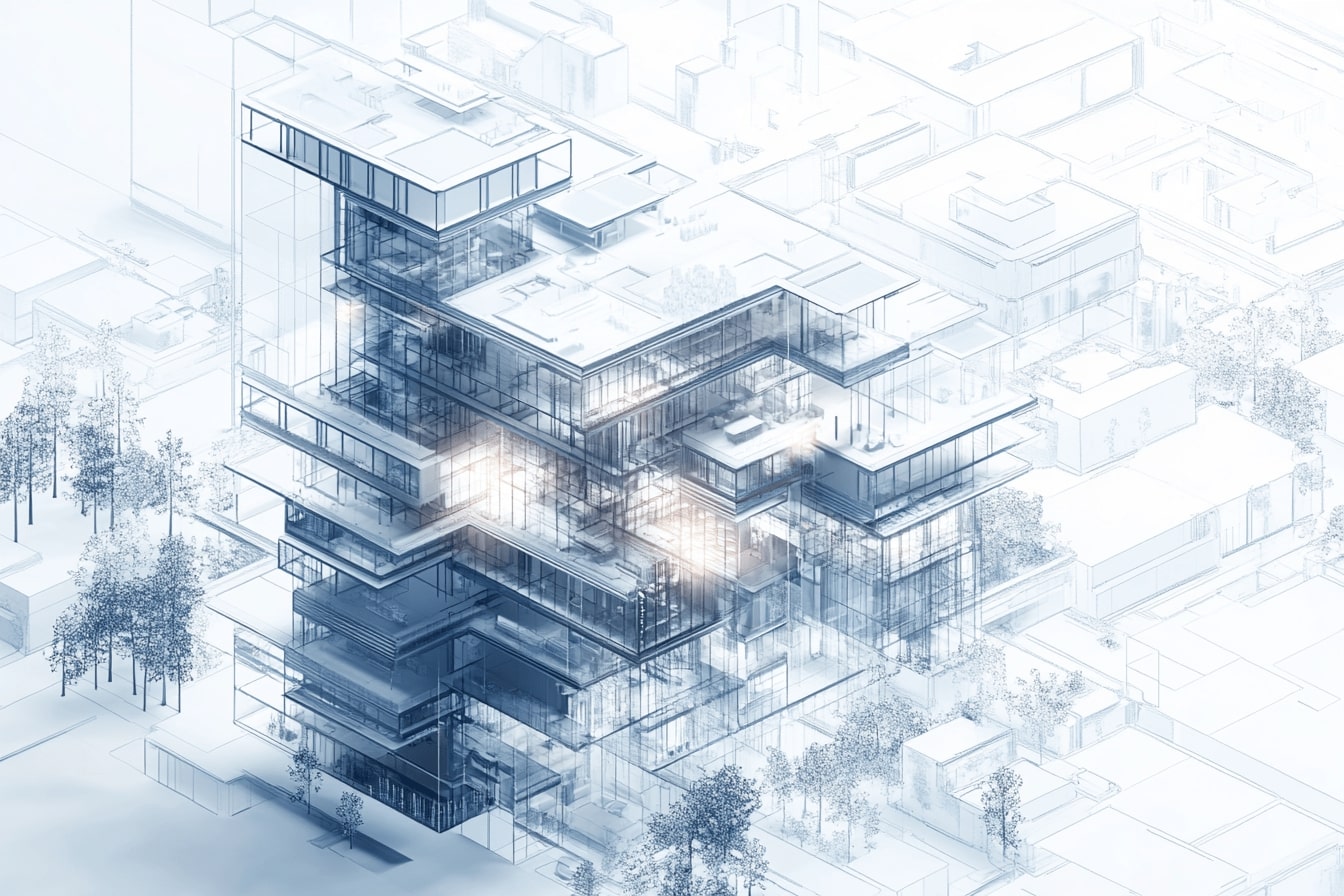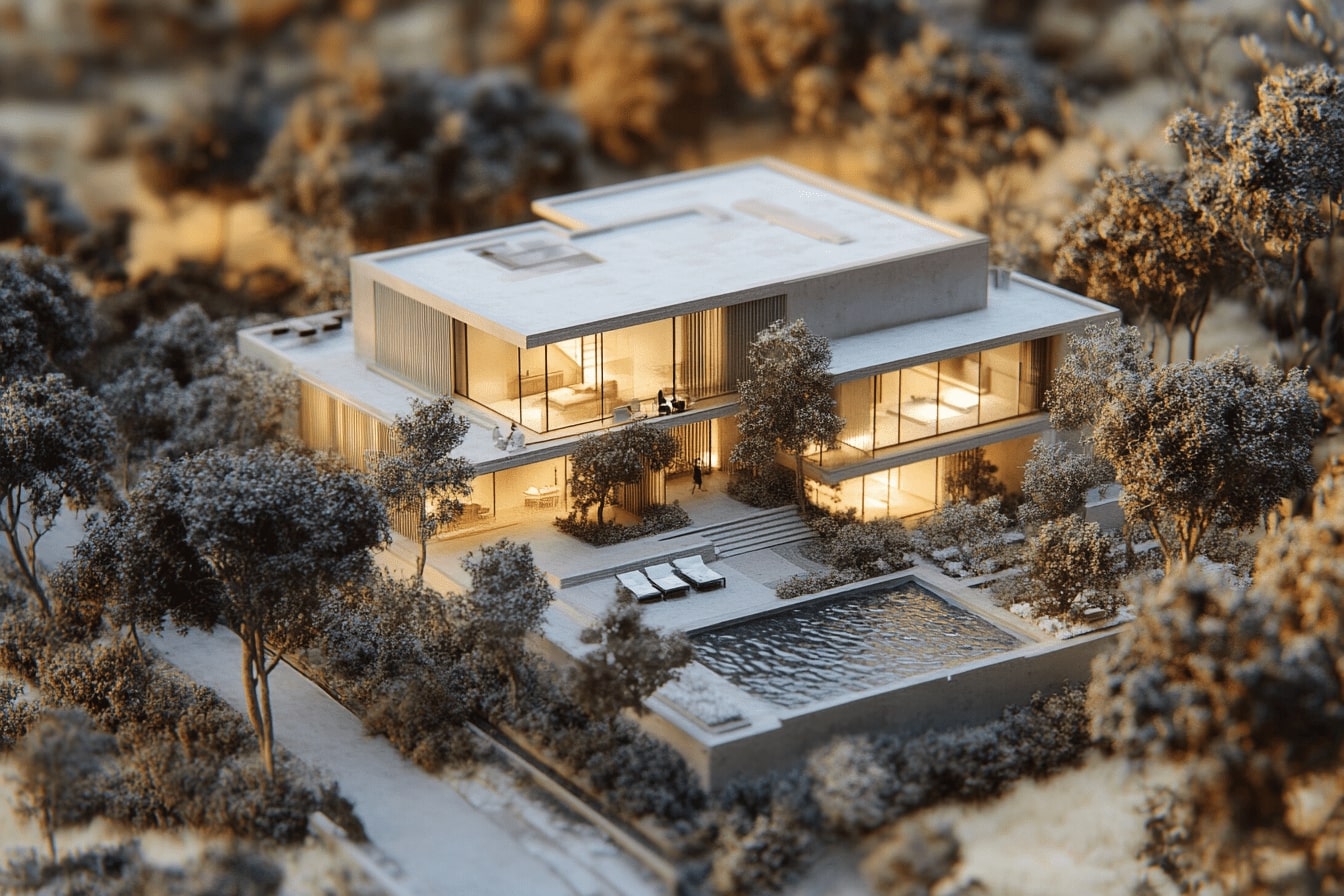- Home
- Articles
- Architectural Portfolio
- Architectral Presentation
- Inspirational Stories
- Architecture News
- Visualization
- BIM Industry
- Facade Design
- Parametric Design
- Career
- Landscape Architecture
- Construction
- Artificial Intelligence
- Sketching
- Design Softwares
- Diagrams
- Writing
- Architectural Tips
- Sustainability
- Courses
- Concept
- Technology
- History & Heritage
- Future of Architecture
- Guides & How-To
- Art & Culture
- Projects
- Interior Design
- Competitions
- Jobs
- Store
- Tools
- More
- Home
- Articles
- Architectural Portfolio
- Architectral Presentation
- Inspirational Stories
- Architecture News
- Visualization
- BIM Industry
- Facade Design
- Parametric Design
- Career
- Landscape Architecture
- Construction
- Artificial Intelligence
- Sketching
- Design Softwares
- Diagrams
- Writing
- Architectural Tips
- Sustainability
- Courses
- Concept
- Technology
- History & Heritage
- Future of Architecture
- Guides & How-To
- Art & Culture
- Projects
- Interior Design
- Competitions
- Jobs
- Store
- Tools
- More
How AI Generated Architecture is Revolutionizing Design and Sustainability

In the ever-evolving world of architecture, AI-generated designs are revolutionizing how we conceptualize and create buildings. By leveraging advanced neural networks, these AI systems can transform simple text descriptions into stunning visual representations, enabling architects to communicate their ideas more effectively and explore design concepts rapidly.
Traditionally, creating 3D architectural models required significant time and expertise. Now, with AI architecture generators, we can produce detailed 3D models complete with textures, lighting, and virtual landscapes in a fraction of the time. This technology not only streamlines the design process but also enhances our ability to visualize and present architectural concepts, making it easier to bring our visions to life.

Table of Contents
ToggleUnderstanding AI-Generated Architecture
The Role of AI in Modern Architecture
AI is reshaping modern architecture. By integrating AI into architectural workflows, we’re enhancing our ability to generate designs quickly and accurately. AI tools can analyze vast amounts of data and identify optimal design solutions based on specific project requirements. For example, deep learning algorithms like inpainting and outpainting can enhance design visuals by filling in missing details or expanding image boundaries. These tools provide architects with new ways to explore restoration ideas, visualize complete areas, and remove unwanted elements from renderings.
From Idea to Blueprint: How AI Facilitates Design
AI transforms ideas into blueprints efficiently. With tools like DALLE 2, we can convert text descriptions into detailed 3D models, including textures, lighting, and landscapes. This capability streamlines the design process, enabling us to present concepts more vividly. AI-generated designs can also be downloaded in various formats, such as XLSX, DXF, and IFC. These formats ensure that everyone involved in a project can access the necessary information, from gross area calculations to detailed budgets and high-quality images. Seamless integration into existing architectural programs ensures that AI tools enhance our workflows without causing disruption.

Key Applications of AI in Architecture
Design and Conceptualization
AI revolutionizes design and conceptualization in architecture by leveraging data-driven insights and advanced algorithms. It can generate multiple design options based on specific parameters, enabling architects to explore a variety of creative solutions. Tools like DALLE 2 facilitate this process by transforming text descriptions into detailed 3D models. These models include textures, lighting, and landscapes, aiding in rapid visualization and refinement of ideas. By processing extensive data, AI can quickly pull zoning data, building codes, and other constraints, helping architects create compliant and innovative designs without the need for extensive manual research.
Optimization and Sustainability
AI plays a critical role in optimizing architectural designs for sustainability and efficiency. Machine learning algorithms embedded in tools like Sidewalk Labs’ Delve analyze user needs and environmental factors to propose optimized building designs. These tools consider energy efficiency, comfort, and safety, ensuring the creation of sustainable and habitable spaces. Additionally, AI aids in selecting sustainable materials and determining the best placement of openings for natural light and ventilation. By integrating these algorithms, architects can not only improve the environmental footprint of their projects but also enhance overall building performance, making modern architecture more sustainable and efficient.
Benefits of AI-Generated Architecture
Enhanced Efficiency and Speed
AI tools save considerable time by automating repetitive tasks in architectural design. Using AI programs like Midjourney, design iterations are generated quickly based on prompts. This rapid generation of concepts expedites the initial design phases, allowing architects to explore multiple ideas in less time. Moreover, platforms such as ARCHITEChTURES provide architects with robust automation capabilities, streamlining site planning and detailed building design processes, which enhances overall workflow efficiency.
Precision and Customization
AI in architecture provides unparalleled precision in design development. Tools like Aino transform complex site analysis data into actionable insights, allowing architects to make informed decisions. This precision is vital for customizing designs to meet specific project requirements. AI algorithms learn from user inputs, refining their outputs to align closely with the architect’s vision. This ensures that designs are not only highly accurate but also tailored to satisfy client preferences and site constraints.
Sustainable Design Practices
AI-driven design tools optimize for sustainability by analyzing environmental data and user needs to propose energy-efficient solutions. These tools assist in selecting sustainable materials, optimizing natural light, and improving ventilation. AI platforms like ARCHITEChTURES and ARK enhance building performance, promoting energy efficiency and sustainable practices. By integrating these capabilities, architects create designs that minimize environmental impact, aligning with contemporary sustainability goals.

Challenges in AI-Generated Architecture
Technical Limitations
AI-generated architecture faces significant technical limitations. The quality of AI-designed models often depends on the dataset used for training. If the dataset lacks diversity or contains biases, the AI system might produce suboptimal or culturally insensitive designs. Computational power requirements pose another challenge. High-quality AI models demand substantial processing capabilities, which can be cost-prohibitive for smaller firms.
Another technical limitation involves the integration of AI-generated designs with traditional architectural software. Many architecture firms rely on established software for Building Information Modeling (BIM). AI-generated models must seamlessly integrate with these tools to be useful, which often requires additional development and customization. Lastly, accuracy in complex designs remains a concern. AI tools may struggle with intricate architectural details, potentially requiring manual corrections.
Ethical and Professional Concerns
Ethical and professional concerns in AI-generated architecture are pivotal. Intellectual property rights become ambiguous when AI generates designs. Determining who owns the AI-created architectural design—the software developer, the designer inputting the parameters, or the client—can lead to legal disputes. We must also consider employment implications. As AI automates more tasks, the role of traditional architects might diminish, impacting job opportunities within the industry.
Bias in AI algorithms poses an ethical dilemma. If historical or biased data trains AI, it risks perpetuating stereotypes or excluding certain cultural or social contexts from design considerations. We face professional concerns related to accountability. In cases where AI-generated designs result in structural failures or other issues, identifying who is responsible becomes complex. Ensuring transparency and fairness in AI applications is essential to maintain public trust and uphold ethical standards in architecture.
The Future of AI in Architecture
Innovations on the Horizon
AI’s potential in architecture extends beyond automation. Emerging tools use deep learning to generate innovative designs, pushing boundaries of what’s possible. For example, Finch uses graph technology to optimize building designs by providing immediate feedback on performance and detecting errors early. This leads to more efficient and sustainable structures. Another innovation, ARCHITEChTURES, enables collaborative designs, allowing multiple editors to work together in real time, integrating features like instant daylight and energy analysis. These advances not only speed up the design process but also enhance the precision and sustainability of projects.
Restoration projects also benefit from AI. Algorithms in tools like DALLE 2 can restore and preserve historical monuments, providing new ideas and solutions for architects. This technology helps bring damaged structures back to their original glory.
Predictions and Trends
AI’s role in architecture is likely to expand, changing how architects approach their work. The focus will shift towards creativity and problem-solving as AI handles mundane tasks. This transition will create new opportunities for architects to develop groundbreaking designs. We can expect AI to make the industry more efficient, reducing the time and resources needed for projects.
As generative tools evolve, we may see AI producing detailed planning layouts and performance analysis. For instance, qbiq delivers efficient layout solutions for office spaces, creating multiple test fit alternatives and providing immersive 3D virtual tours. These capabilities enable architects to reach optimal solutions quickly.
The increased sophistication of AI tools will continue raising questions about intellectual property and the authenticity of designs. As AI becomes more integrated, ensuring transparency and maintaining ethical standards will be vital to uphold trust in the profession.

Conclusion
AI-generated architecture is not just a futuristic concept; it’s a present reality enhancing how we design and construct buildings. Tools like ARCHITEChTURES offer architects freedom from routine tasks through automation, enabling them to focus on innovation. By setting specific design parameters, ARCHITEChTURES optimizes building designs, accounting for site planning constraints and detailing aspects like room sizes, window placements, and sustainable material choices. This level of precision ensures accurate and adaptable designs swiftly.
For office spaces, qbiq serves as a valuable copilot for architects. By generating efficient planning layouts, qbiq offers three test fit options and immersive 3D tours. Each layout comes with a performance analysis, evaluating factors like privacy, daylight access, density ratios, and the balance between open and enclosed spaces. This comprehensive analysis allows architects to choose the most optimal design quickly.
Moreover, AI tools like DALLE 2 are revolutionizing the restoration and preservation of historical monuments. By harnessing these algorithms, architects can discover new restoration ideas and solutions, ensuring that our architectural heritage is maintained with modern precision.
As we look to the future, innovations in AI will continue to shape the architectural landscape. Tools like Finch and ARCHITEChTURES leverage deep learning to generate groundbreaking designs, optimize building performance, and enable collaborative real-time editing. These advancements enhance precision and sustainability, driving the industry forward.
AI’s increasing involvement in architecture also brings challenges. Issues of intellectual property and design authenticity will require clear ethical standards and transparency to maintain trust. As AI evolves, these considerations will be crucial in ensuring that the benefits of technology are maximized while preserving the integrity of the profession.
AI-generated architecture offers remarkable opportunities for innovation, efficiency, and sustainability. By embracing these tools, we position ourselves at the forefront of architectural advancements, ready to tackle both present challenges and future possibilities.
- AI architectural design
- AI architecture tools
- AI building design
- AI driven architecture
- AI for sustainable design
- Ai Generated Architecture
- AI in architecture design
- Artificial Intelligence in Architecture
- future of architecture with AI
- green architecture with AI
- how AI is used in architecture
- smart architecture with AI
- sustainable AI architecture
- sustainable architecture
Submit your architectural projects
Follow these steps for submission your project. Submission FormLatest Posts
A 2025 Review of 3 AI Animation Tools for Architectural and Landscape Visualization
In 2025, AI-driven animation tools are redefining architectural and landscape visualization by...
How DeepSeek AI Is Transforming Architecture and Urban Design Workflows
DeepSeek AI represents a new generation of architectural intelligence, shifting artificial intelligence...
Veo 3 for Architecture: Free Prompts & How to Master Visual Design Videos
Veo 3 introduces AI-powered video generation for architecture, allowing designers to present...
Midjourney Video Update: A New Era for AI Architecture & Landscape Design
Midjourney’s new video feature introduces AI-powered animation for architectural and landscape renders,...












Leave a comment